Smoke ‘em if you’ve grown ‘em.
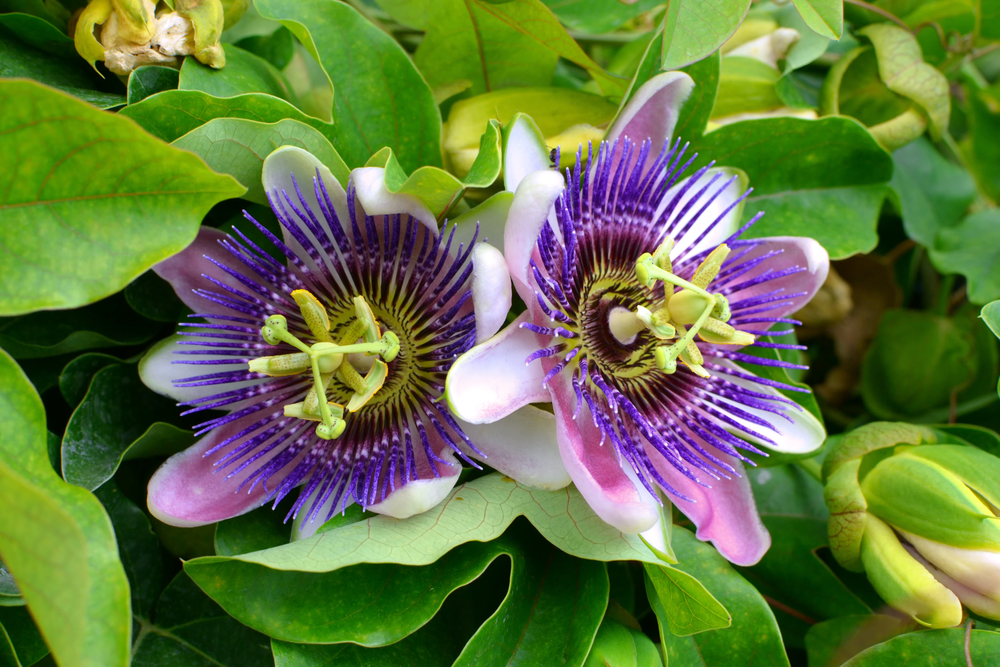
If you’ve started a garden over the past year, you may have fed your family with the produce you’ve grown. But have you smoked any of it?
About three years ago, we compiled a list of seven smokable plants you can grow that aren’t marijuana. Earlier this month, New York became the 15th state to legalize recreational marijuana, but there are still plenty of parts of the country where it isn’t legal. It also remains illegal on the federal level.
In the meantime, we’re bringing you six more smokable plants that you can grow in your backyard.
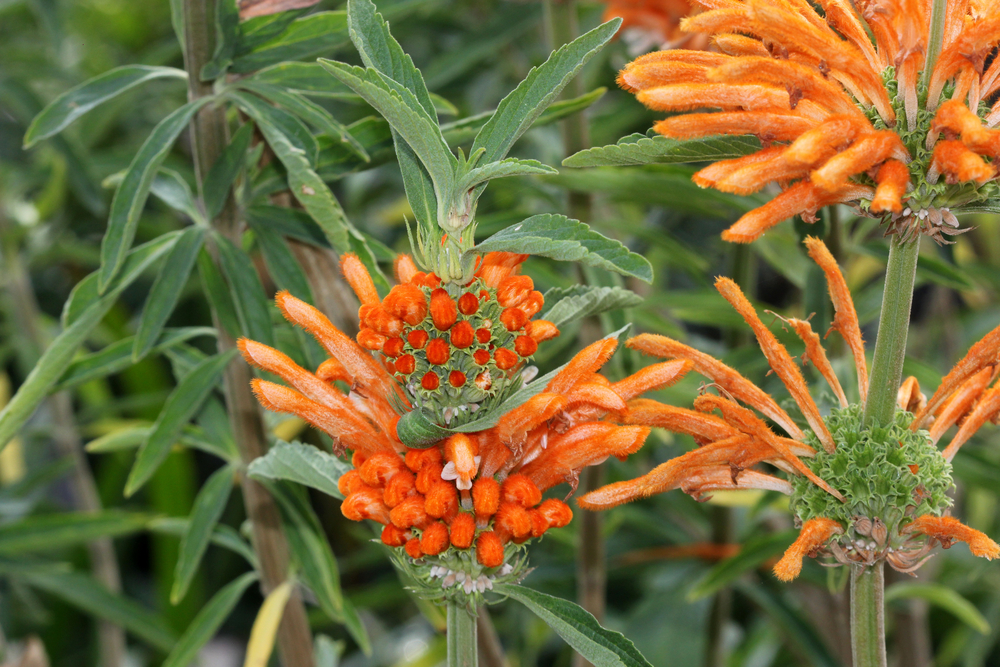
Photo by Gurcharan Singh/Shutterstock
Lion’s Tail (Leonotis leonurus)
Herbal history: Lion’s Tail is a popular alternative to tobacco that is said to have anti-inflammatory properties.
Smoking qualities: This plant has been compared to a toned-down version of cannabis. When its petals are smoked, it produces a mild, calming, euphoric effect.
Plant profile: Lion’s Tail is a perennial plant, native to South Africa, identified by its coils of bright, spiky orange flowers along the stalk. It grows up to 5 feet in height.
Grow tips: Grow this one from the seed, as finding a full-grown plant from a nursery is typically challenging. Start your seeds indoors and ensure that when it is time to plant that the temperatures are higher than 20°F. This plant prefers full sun and sandy soil.
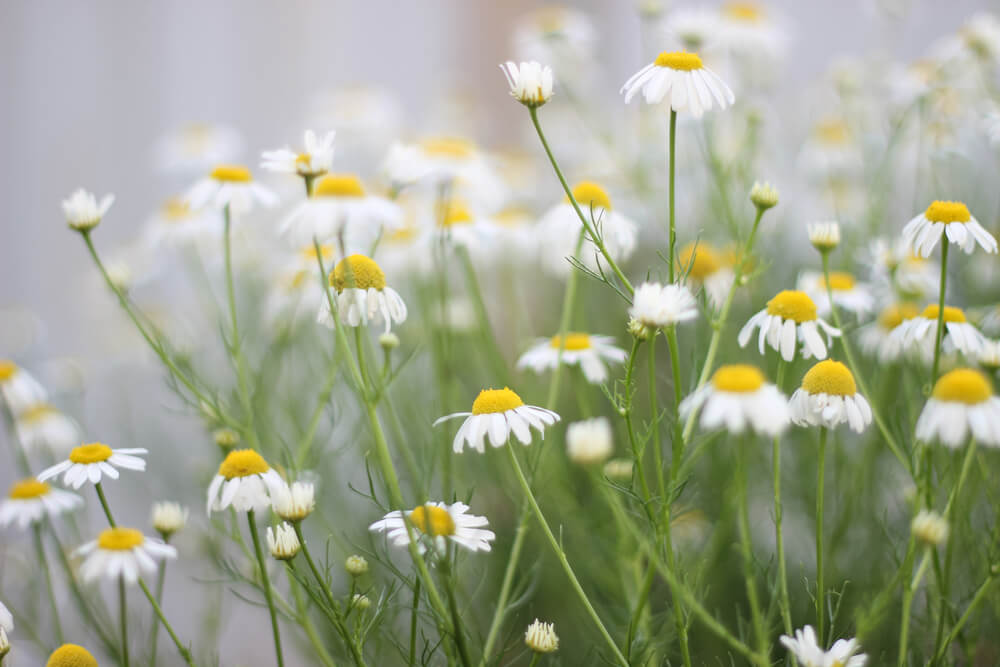
Photo by photosoft/Shutterstock.
Roman Chamomile (Chamaemelum nobile)
Herbal history: Though we know this plant more commonly for its use in tea to calm nerves, soothe digestive tracts and put us to sleep, you can also smoke it! Chamomile has traditionally been used as an anti-inflammatory.
Smoking qualities: Chamomile has a mild, fruity body when smoked. It provides an anti-spasmodic and sedative effect, which will relax your mind and reduce tension.
Plant profile: This is a perennial plant, native to Europe with a summer-fall growing season. It has daisy-like flowers with ascending stems. It can grow about three to six inches tall and 10 to 12 inches wide.
Grow tips: This plant prefers full sun, but it can grow in partial shade. It thrives in light, compost-rich soil that is moist and well drained. However, it’s recommended that you allow your plants to dry out each time you decide to water. Ideal temperature is 60-68°F.
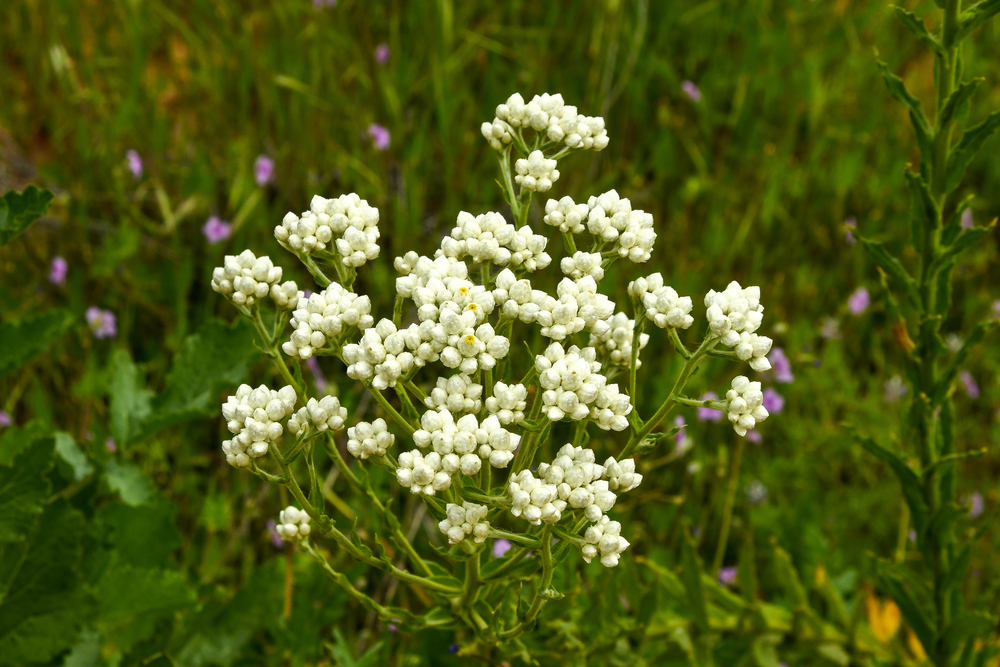
Photo by Gloria V Moeller/Shutterstock
Rabbit Tobacco (Pseudognaphalium obtusifolium)
Herbal history: Historically, the Native American population has used this plant to treat everything from asthma, colds, coughs, flu, pneumonia, bronchitis, diarrhea and insomnia. It’s also been smoked as an alternative to tobacco.
Smoking qualities: Rabbit tobacco is said to have a mild sedating effect and provides some relief to symptoms of asthma and similar respiratory ailments. It has a maple-like smell, but it has been described to have a sharp, bitter taste when smoked.
Plant profile: This is a summer annual or biennial plant that can reach one to 2.5 feet in height. It has narrow elliptical leaves and stiff silvery stems. It produces clusters of small white flowers that quickly become brown.
Grow tips: Despite being a wild flower that grows in heavy clay soils and dry areas, you can purchase the seeds from this plant. It prefers sandy, well-drained soil and full sun.

Photo by oraziopuccio/Shutterstock.
Passion Flower (Passiflora incarnata)
Herbal history: Indigenous people in North and South America historically used passion flowers as a sedative. Today, it is commonly used to treat anxiety, restlessness, insomnia and various forms of pain. Passion flower has been thought to have compounds that increase serotonin levels in the body and a recent study compared this herb to a drug similar to Valium, finding it was equally as effective.
Smoking qualities: When smoked, passion flower tastes smooth, earthy and clove-like. It produces a mildly sedating, calming effect.
Plant profile: This vibrant plant is a perennial with curly petals. Though typically recognized by its purple flower, it can bloom in shades of red and yellow. Because it is a vine plant, it can grow up to 30 feet long.
Grow tips: The ideal growing temperature for this flower is between 60°F and 90°F, but it will not tolerate anything below 55°F very well. It needs full sun and well-drained soil. You can give it two applications of fertilizer each year: one at the start of planting and one in the middle of summer. Because they are a vine flower, we suggest growing them along a trellis.
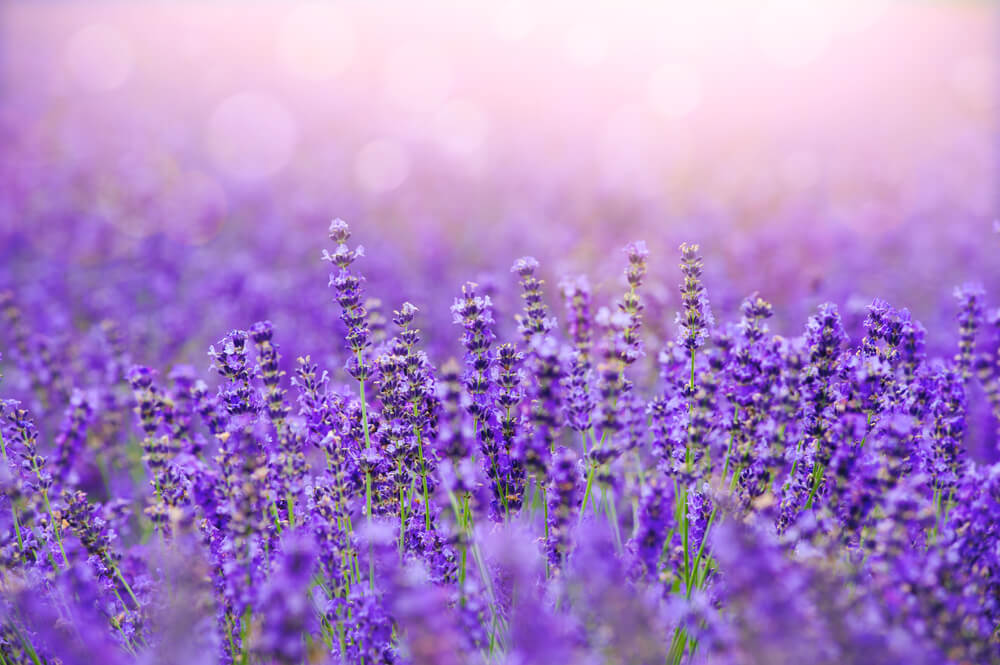
Photo by OHishiapply/Shutterstock.
Lavender (Lavandula)
Herbal history: Lavender has been used for more than 2,000 years in everything from mummification, repelling insects, treating insomnia, aching backs and insanity. Regarded for antiseptic and antibiotic properties, this plant was also applied to bacterial infections, burns, wounds, bites and stings. Today, it’s most commonly known as a key plant in aromatherapy for its calming, mood balancing effects.
Smoking qualities: When smoked, this plant provides a smooth, floral punch. Due to a compound in this plant called linalool, which is known for sending signals to your brain to tell your body to relax, it will ease stress, anxiety, induce sleep and lower your blood pressure.
Plant profile: Lavender is native to the Mediterranean. It is a drought-tolerant perennial plant with thin leaves that can grow to be one to three feet tall. Its spiky purple flowers alone can grow up to 16 inches. It blooms in the summer.
Grow tips: This plant prefers full sun. It will thrive in dry to medium soil that is sandy and well drained. Keep this purple plant away from wet, moist areas, as it is susceptible to root rot. The ideal temperature is 45-70°F.
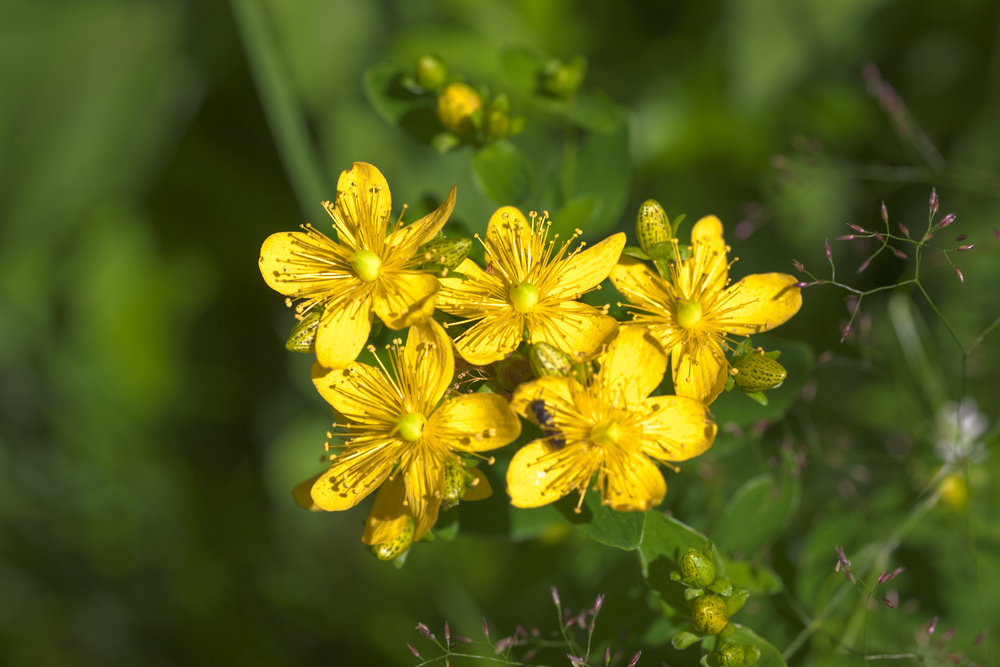
Photo by Maslov Dmitry/Shutterstock
St. John’s Wort (Hypericum perforatum)
Herbal history: St. John’s Wort’s medicinal uses date back to ancient Greece, where it was used to treat various nervous disorders. Recent European studies have shown its effectiveness for treating mild to moderate depression, and other tiny pilot studies have shown it could be effective for premenstrual dysphoric disorder (PMDD), psoriasis and atopic dermatitis.
Smoking qualities: If smoked, this plant acts as a mood-elevating sedative, easing tension throughout the body. The taste is slightly sweet and bitter.
Plant profile: This is a shrubby perennial plant, notably distinguished by its vibrant yellow flowers that grow on their own or in clusters. It can grow one to three feet tall and has dense upright branches with red to purple bark.
Grow tips: If you have a shorter growing season, feel free to start your seeds indoors as St. John’s Wort transplants well. It thrives in full sun and likes sandy, rocky soil. When you are first trying to grow it, it’s important to keep the soil moist and well watered. Once it matures it is quite drought tolerant.
Warning: Smoking is bad for your health and can cause cancer. Grow and smoke with caution.
A dry herb vaporiser would be recommended rather than smoking the herb as it delivers the smokeless vapour without burning most of the herbs benefits unlike a pipe, bong or joint which will create health issues. Again, it’s not bad to ingest these herbs in moderation but it’s HOW you ingest them which really matters…
Thank you for the Awesome information, much appreciated!!!
Thank you for this!
I’m just looking for a substitute for tobacco, to roll my joints with.. Mainly smoke hashish..just worried I’ll be told 10yrs down the line, it’s as bad as tobacco or worse..What I can say is, no more dryness of the mouth…
What about Salvia Devorium (Spelling may be wrong)
This just in from the Sydney Morning Herald [published January 8, 2011]:
Smoking any substance is bad for you. I’m surprised that this made it into your blog.
It’s time to seek some medical help with your addiction if you’re actively looking for everything that can possibly be rolled and smoked.